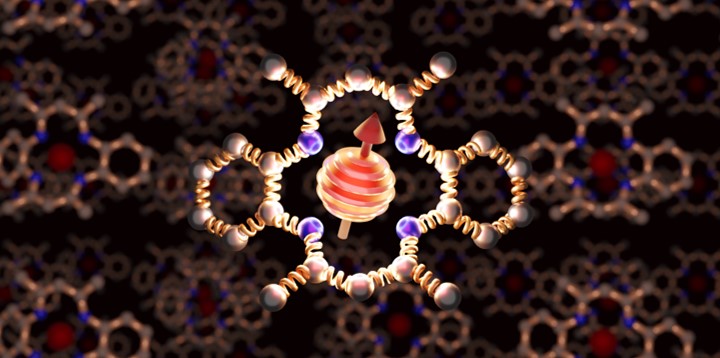
Chemical Control of Spin-Lattice Relaxation to Create a New Room Temperature Qubit
M. Jeremy Amdur | Kathleen R. Mullin | Michael J. Waters | Danilo Puggioni | Michael K. Wojnar | Lei Sun | Paul H. Oyala | James M. Rondinelli | Danna E. Freedman
The second quantum revolution harnesses exquisite quantum control for a slate of diverse applications including sensing, communication, and computation. Certain applications, in particular, quantum sensing, would be transformed by the combination of tunability and high temperature operation. Molecular qubits offer the joint properties of tunability and specificity, but the principles to enable high temperature operation are not well established. Spin-lattice relaxation, represented by the time constant T1, is the primary factor dictating the high temperature performance of quantum bits (qubits). Here we identify the effects of controlling spin lattice relaxation through metal-coordination geometry and ligand rigidity in three four-coordinate Cu2+ S = ½ qubit candidates. We obtain significant T1 improvement upon changing from tetrahedral geometries to square planar geometries. Our electronic structure calculations also reveal that changes in ligand rigidity strongly affects vibrations that perturb the primary coordination sphere, slowing relaxation. These principles enable us to report a new molecular qubit candidate with room temperature Tm = 0.43 μs. Our work establishes guidelines to design novel qubit candidates operating above 100 K.
Funding Sources: Quantum Information Science and Engineering Network Graduate Fellowship

Jeremy Amdur
Affiliation: MIT, Graduate Student
Areas of Research
-
- Atomic, Molecular, & Optical Physics
Open to
-
- Full-time positions
